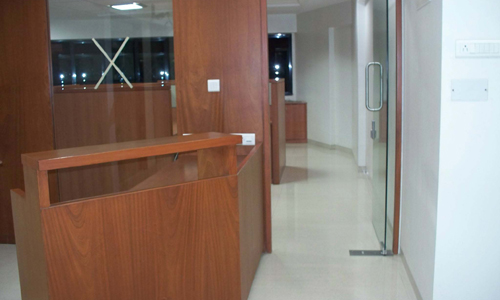
India Offices Q4 2011: Concerns remain
Cumulative take-up across India‟s seven largest cities increased by a modest 8% year-on-year (y-o-y) in 2011.

Cumulative take-up across India‟s seven largest cities increased by a modest 8% year-on-year (y-o-y) in 2011.
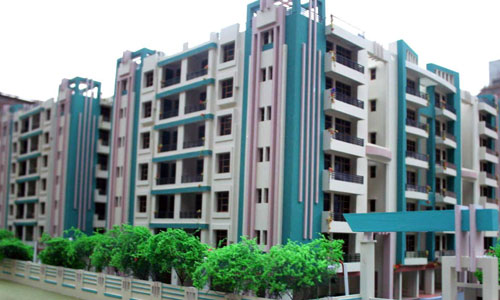
A recent industry report shows that FDI in 2010-11 was the lowest in the last four years. According to the FICCI-Ernst & Young real estate report, the FDI in the sector declined to 6 per cent of the total direct investment coming to India in 2010-11.
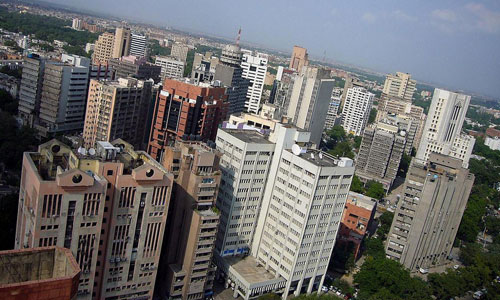
Rising cost and falling transactions are taking their toll on the property market in both the Delhi-NCR and Mumbai.
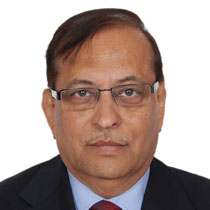
The ever-increasing housing needs in urban centers have caused home prices to shoot up to extremely unaffordable levels.
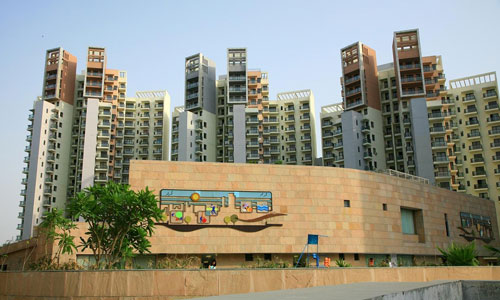
The combined net debt of India’s 11 listed developers rose 15 percent in the 12 months through June to 385 billion rupees, according to Mumbai-based Edelweiss Securities Ltd.

The much anticipated opening up of Foreign Direct Investment (FDI) in multi-brand retail has renewed interest of several large international retailers in Indian retail market.
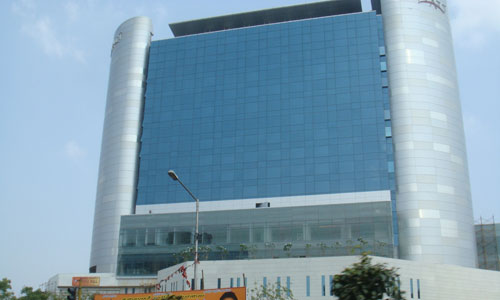
Hyatt Hotels Corporation has introduced its new Hyatt House extended-stay brand in India, with the signing of a management agreement by a Hyatt affiliate for a hotel in Mumbai.

Bengaluru’s hotels market has evolved over the last decade, growing in tandem with the city’s emergence as a significant commercial destination largely driven by the IT/ITeS sector.

According to the 2011 census, the Mumbai Metropolitan Region has over 23.5 million people. To house this population on the ground floor, assuming a household size of 4 and dwelling units of 900 sq ft per family which are laid wall to wall, we would need 121,384 acres of contiguous land.

In India, investor interest is also seeing a slowdown on account of the lower absorption of new developments and the disparity between investment returns and capital values.
